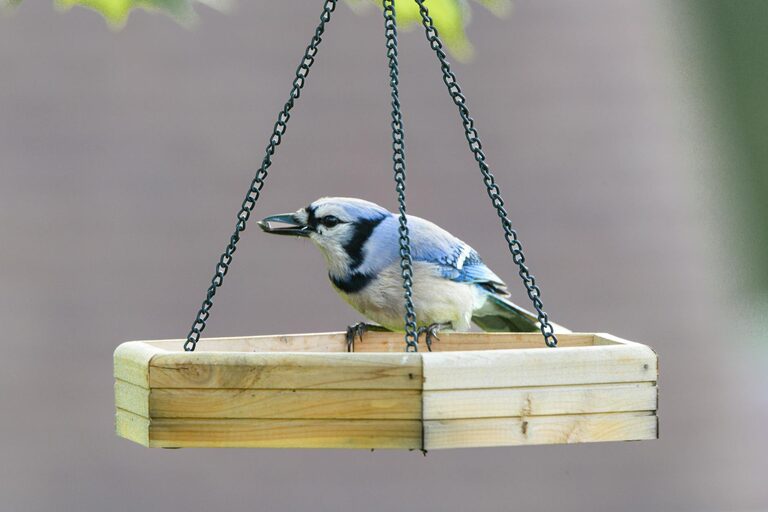Birdwatching is a rewarding hobby that brings you closer to nature and allows you to observe the beauty and behavior of birds in your own backyard. Whether you have a large garden or a small patio, you can enjoy watching birds with a little preparation and patience. This guide offers beginner-friendly tips to help you get started and make the most of your birdwatching experience.
Why Backyard Birdwatching?
Backyard birdwatching is accessible, relaxing, and educational. It requires minimal equipment and can be done year-round. You don’t need to travel far or invest in expensive gear to enjoy the diversity of birds near you. Plus, watching birds can be a wonderful way to unwind and connect with the natural world.
Getting Started: What You’ll Need
Before you begin, here are some basic items that enhance your birdwatching:
– Binoculars: A decent pair of binoculars helps you get a closer look without disturbing the birds.
– Bird Identification Guide: A field guide or an app can help you identify species by their colors, size, and songs.
– Notebook or Bird Journal: Recording your sightings makes birdwatching more engaging.
– Bird Feeder and Birdbath: Attract birds by providing food and water.
– Comfortable Spot: Choose a quiet place with a good view of your yard.
You don’t have to get all these items at once. Start with what you have and add more as you go.
Creating a Bird-Friendly Backyard
To encourage more birds to visit, consider adjusting your outdoor space. Here are some ways to create a welcoming habitat:
Provide Food Sources
– Use a variety of bird feeders filled with seeds, suet, or nectar depending on the birds you want to attract.
– Native plants, shrubs, and flowers produce seeds, berries, and nectar that birds love.
– Avoid using pesticides that can harm birds and reduce their natural food supply.
Offer Water
– A clean birdbath with fresh water is essential, especially during dry seasons.
– Moving water features like small fountains or drip baths attract even more species.
Add Shelter and Nesting Spots
– Trees, tall shrubs, and dense bushes offer shelter from predators and weather.
– Nest boxes or birdhouses encourage birds to breed nearby.
Tips for Observing Birds
Be Patient and Quiet
Birds are easily startled. Sit quietly and avoid sudden movements and loud noises. The best times to watch birds are early morning or late afternoon when they are most active.
Learn to Recognize Bird Calls
Listening to bird songs helps identify species even when you cannot see them clearly. Apps and online resources can assist in learning calls.
Use Binos Properly
Hold binoculars steady and practice focusing before spotting birds. Start by scanning the area slowly, then zoom in on any birds you see.
Keep a Bird Journal
Write down where and when you see different species. Include descriptions or sketches. Over time, you’ll notice patterns and seasonal changes.
Common Backyard Birds to Look For
Depending on your location, some common backyard visitors may include:
– Sparrows
– Cardinals
– Blue Jays
– Chickadees
– Robins
– Finches
– Woodpeckers
– Hummingbirds
Tracking these familiar birds builds confidence and prepares you for spotting more unusual species.
Respecting Birds and Their Environment
While birdwatching is fun, it’s important to respect wildlife:
– Never try to capture or handle wild birds.
– Avoid disturbing nests.
– Keep your distance, especially during breeding season.
– Maintain feeders and birdbaths to prevent mold and disease.
Joining a Community
Consider joining local birdwatching groups or online forums. Sharing your observations and learning from others adds to the enjoyment. Many communities organize bird counts and walks that beginners are welcome to attend.
Final Thoughts
Backyard birdwatching is a delightful way to explore the natural world right outside your door. With some simple tools, patience, and a bit of effort, you can attract birds and gain a deeper appreciation for their habits and habitats. Start small, enjoy each moment, and watch your backyard come alive with feathered friends.
Happy birdwatching!

